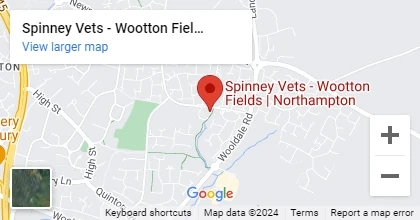Feline Lower Urinary Tract Disease, also known as FLUTD is a broad term used to describe a number of conditions associated with the feline lower urinary tract.
FLUTD Explained
It is a common disease in adult cats and can affect both male and female felines. Problems it may present include inflammation of the bladder or urethra, formation of urinary crystals or stones in the bladder, and especially in male cats, partial or total obstruction of the urethra.
Here are some key things to look out for if you suspect your cat may be suffering from a feline lower urinary tract disease:
- Frequent trips to the litter box
- Prolonged straining during attempts to urinate
- Blood in the urine
- Small amounts of urine each time your cat attempts to urinate
- Urinating outside of the litter box
- Unusual behaviour, crying, or signs of pain
If you have an outdoor cat it may be more difficult to spot the symptoms without monitoring a litter tray.
Urethral obstruction is a serious medical emergency and you should seek veterinary advice immediately. Cats experiencing urethral obstruction may not show symptoms until it becomes more serious. Look out for the following symptoms:
- Distress, pain, and crying
- Male cats excessively lick the genital area
- Hiding away, stopping eating and drinking
- Vomiting and lethargy
How can I prevent FLUTD?
In addition to following correct dietary management, one of the most important ways to help reduce the risk of having an occurrence or re-occurrence of this type of urinary problem is to increase water intake. This is because the more your cat drinks, the more urine will be produced. This encourages more frequent urination and reduces the time the urine ‘sits’ in the bladder. Less time is therefore available for bladder crystals and stones to form. The urine is also more dilute and so the chances of the building blocks of bladder crystals and stones meeting each other are reduced.
How to get my cat to drink more?
The following ideas may be used to encourage drinking:
- Add water to the food, whether it is canned or dry. Start with a small amount and increase as your cat’s acceptance permits.
- Place water next to the food and at several extra places to which your cat has access, eg an extra bowl of water upstairs, on the porch, or outside.
- Keep the water in the bowls fresh, change daily.
- Some cats like shallow water, from a saucer, others prefer a drinking fountain. Adding a small amount of palatable liquid to the water (such as chicken stock or tuna juice) can increase a cat's water intake also.
If you suspect your cat may have a lower urinary tract disease, seek your vet's advice.








Pet Help Advice